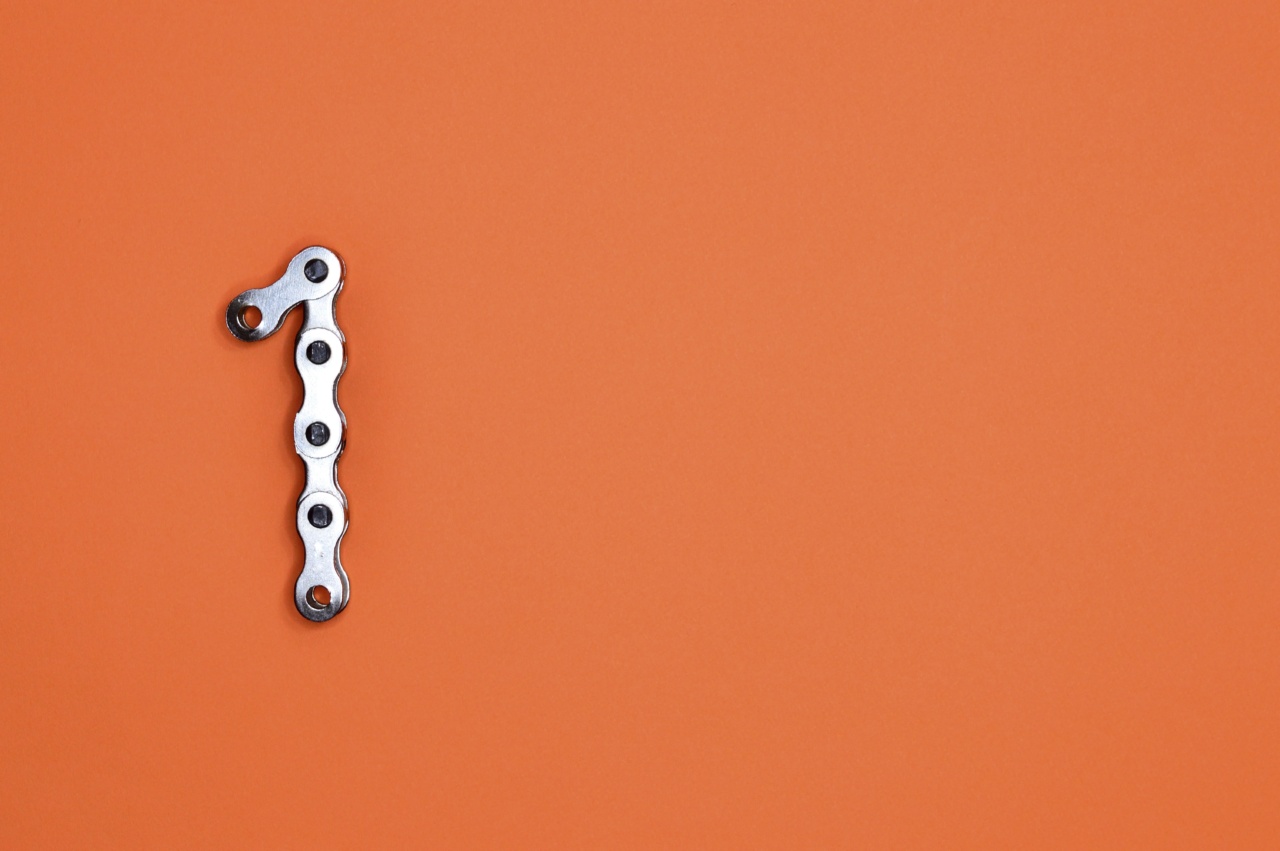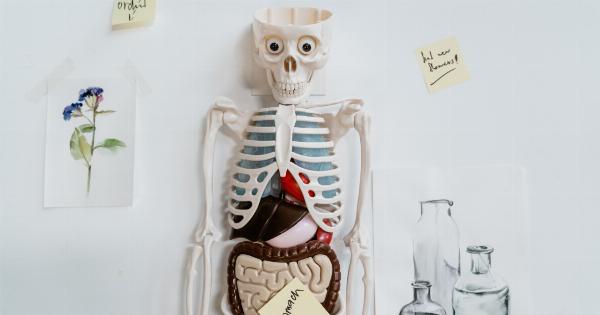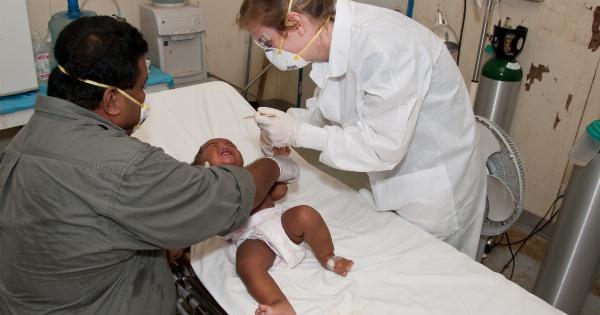Hypospadias is a congenital anomaly that affects the male reproductive system.
It is a condition in which the opening of the urethra, the tube that carries urine from the bladder to the outside of the body, is located on the underside of the penis rather than at the tip. This condition is present at birth and can vary in severity.
Causes of Hypospadias
The exact cause of hypospadias is unknown, but it is believed to be a combination of genetic and environmental factors. Studies have shown that certain genetic mutations and hormonal imbalances may play a role in the development of this condition.
Additionally, exposure to certain medications and chemicals during pregnancy has been associated with an increased risk of hypospadias in some cases.
Symptoms and Types of Hypospadias
The most obvious symptom of hypospadias is the abnormal placement of the urethral opening on the underside of the penis.
The severity of the condition can vary, with some cases having a mild curvature of the penis and others having a more significant downward curvature. Other symptoms may include:.
- Difficulty directing the stream of urine
- Spraying of urine
- Abnormally shaped foreskin
- Narrowing of the urethral opening
- Undescended testicles (in some cases)
Based on the location of the urethral opening, hypospadias can be classified into several different types:.
1. Distal Hypospadias
In this type, the urethral opening is located near the tip of the penis. It is the mildest form of hypospadias and is usually easy to correct with surgery.
2. Midshaft Hypospadias
In midshaft hypospadias, the urethral opening is found along the shaft of the penis. This form may require more complex surgical procedures to correct and achieve proper functionality.
3. Proximal Hypospadias
Proximal hypospadias is the most severe form, with the urethral opening located near the base of the penis or even in the scrotum. Correcting this type of hypospadias often requires multiple surgeries and more extensive treatment.
Diagnosis and Treatment
Hypospadias is typically diagnosed shortly after birth during a physical examination. The doctor will assess the location of the urethral opening and determine the severity of the condition.
Additional tests may be performed to evaluate the structure and function of the urinary system.
The primary treatment for hypospadias is surgery, typically performed when the child is between 6 and 18 months old. The goal of the surgery is to reconstruct the urethra and relocate the opening to the tip of the penis.
In some cases, additional surgeries may be required to achieve the desired outcome.
Potential Complications
While surgery is generally successful in correcting hypospadias, there can be potential complications. These may include:.
- Urinary fistula: an abnormal connection between the urethra and the skin
- Urethral stricture: narrowing of the reconstructed urethra
- Curvature of the penis (chordee)
- Hypospadias recurrence
Regular follow-up with a pediatric urologist is important to monitor the progress and address any complications that may arise.
Living with Hypospadias
While hypospadias can be distressing for parents, it is important to note that with proper medical care and surgical intervention, the condition can be effectively treated.
Most individuals who undergo hypospadias repair surgery can lead a normal and healthy life.
It is essential to provide emotional support to the child and address any concerns or questions they may have as they grow older.
Open communication and education about their condition can help the child understand and cope with their unique circumstances.
Conclusion
Hypospadias is one of the most frequent congenital anomalies affecting males. While the exact causes remain unclear, genetic and environmental factors are believed to play a role.
Prompt diagnosis and appropriate surgical treatment can provide individuals with hypospadias the opportunity to lead normal and fulfilling lives. With improved understanding and awareness, we can ensure that those affected by this condition receive the support and care they need.






























